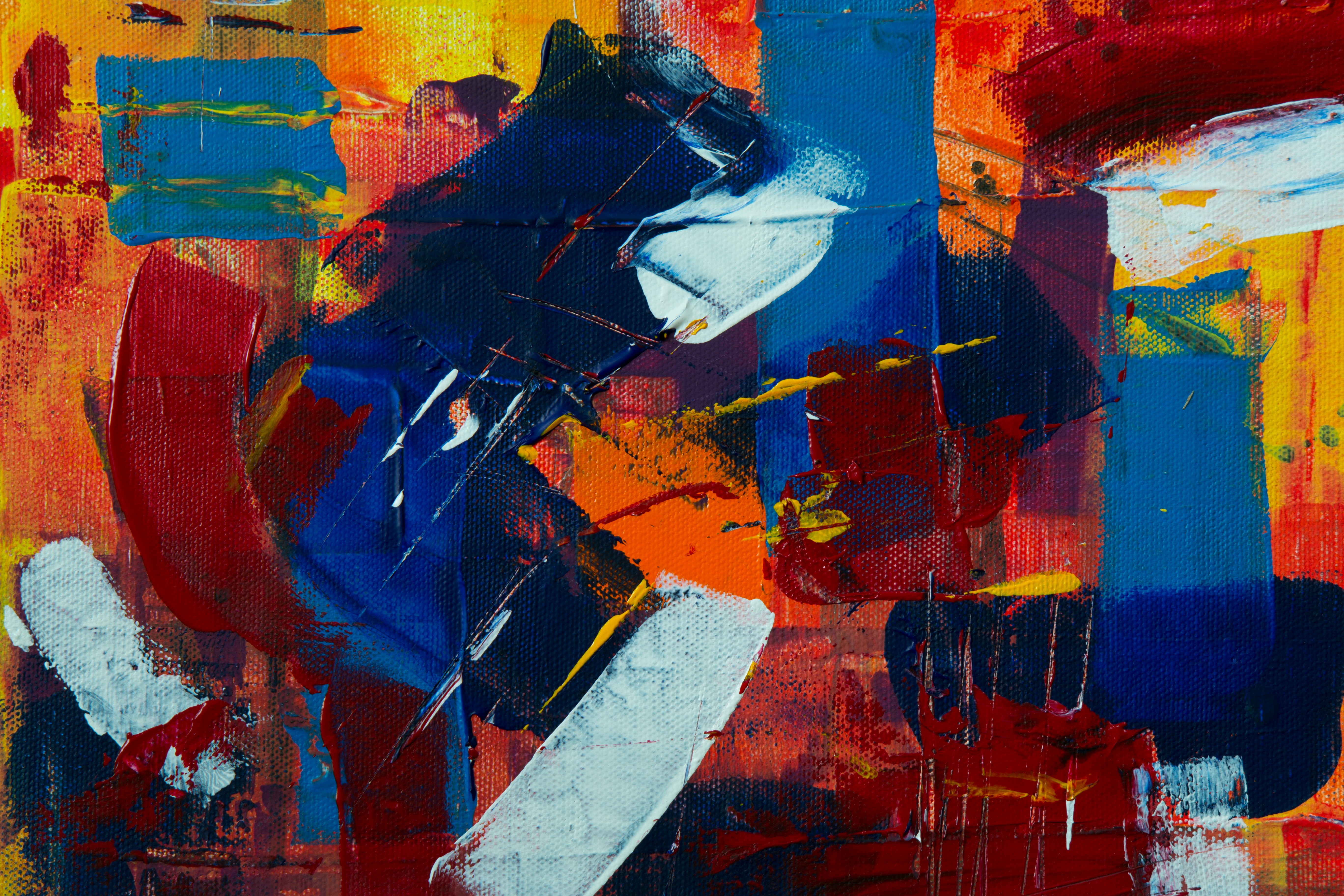Dissecting the Phenomenon of Digital Art in the Contemporary Scene
Introduction: Venture into the dynamic realm of digital art, a contemporary phenomenon that's transforming the global art scene. Discover its history, current trends, and impact as we peel back the layers of this fascinating artistic movement. Digital art, also known as new media art, has its roots in the technological advancements of the mid-20th century. The movement emerged when artists began experimenting with new technologies as artistic tools. The advent of the computer and digital technologies gave artists an unprecedented medium to express their creativity. As computers became more accessible, artists started to explore digital painting, digital sculpture, computer graphics, and several other forms of digital art.

The Proliferation of Digital Art in the 21st Century
The 21st century has witnessed a surge in the popularity of digital art. The advent of new software, applications, and platforms has significantly expanded the creative possibilities for artists. Social media platforms like Instagram have become vital exhibition spaces for digital artists, while the rise of digital art marketplaces has transformed the way art is collected, valued, and sold. The recent boom in NFT (Non-Fungible Tokens) art is a clear testament to the growing influence of digital art in the contemporary art market.
Impact and Influence of Digital Art
Digital art has had a profound impact on the art world and beyond. It has democratized the creation and consumption of art, breaking down the barriers of traditional art institutions. Digital art’s accessibility and inclusivity have fostered diverse artistic voices, bringing underrepresented perspectives to the forefront. Moreover, digital art has also influenced other forms of media, from film and television to video games and virtual reality experiences, blurring the lines between fine arts and entertainment.
Receptions and Criticisms
While digital art has garnered much acclaim for its innovative use of technology and its democratizing influence, it has not been without criticism. Purists argue that digital art lacks the tactile quality and authenticity of traditional art forms. There’s also debate over the impermanence of digital works and issues around copyright and plagiarism in the digital realm. Despite these challenges, digital art continues to thrive, pushing the boundaries of artistic expression.
The Future of Digital Art
The future of digital art looks promising, with technological advancements continually expanding the scope of what’s possible. Artists are now experimenting with artificial intelligence, virtual reality, and augmented reality, creating immersive and interactive art experiences. Furthermore, blockchain technology and NFTs are revolutionizing the art market, providing new ways for artists to monetize their work.
Digital art has undeniably transformed the landscape of the art world. Its influence transcends beyond the realms of fine arts, impacting our daily lives and shaping our digital culture. As we move further into the digital age, the evolution of digital art promises to continue captivating audiences and challenging traditional notions of art.




